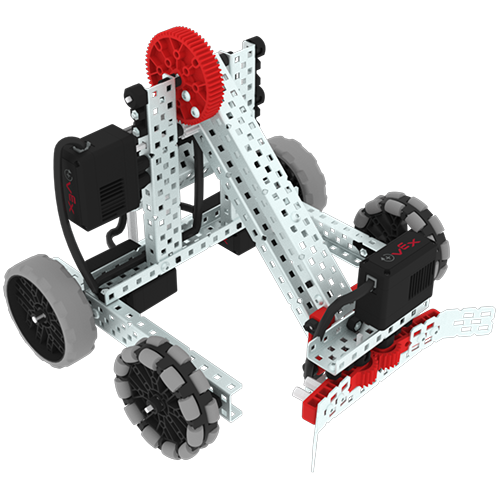Clean Water Mission Overview
Access to safe water for drinking, sanitation and hygiene is a basic human right. Yet, in many countries around the world, water scarcity is a daily reality. For example, in the West African country of Niger, only about half the population has access to clean drinking water, and even fewer people have access to basic sanitation services.
The lack of access to clean, safe water has far-reaching consequences. Without clean water, crops fail, and people are vulnerable to malnutrition. Drinking contaminated water causes water-borne diseases as well, making it difficult for people to work to support their families. When water is available, women and children often have to walk long distances to retrieve and carry it, placing them at risk on their journeys and preventing them from attending school.
Unfortunately, water insecurity is predicted to get even worse over the next decade. To bring focus to this issue, The United Nations has designated clean water and sanitation one of its 17 sustainable development goals.
This growing crisis calls for action!
You are part of a team of visionaries launching a new non-profit dedicated to addressing water insecurity in countries like Niger. The mission? To develop portable, fully automated water treatment systems that can be quickly deployed anywhere, bringing clean water to even the most remote communities.
The portable water treatment system will have four individual areas for processing the water: a collection area, a treatment area, a purification area, and a distribution area. The mission will be broken up into stages. Each stage builds upon the one previous, so that you work up to the complete water treatment system by the end of the Clean Water Mission.
The ultimate goal is to create an algorithm for your EXP Clawbot to accurately identify and transport both clean and contaminated water to the appropriate areas within the facility. Your key to the automation of the water treatment systems will be an EXP Clawbot equipped with an AI Vision Sensor.
AI Vision Sensor
The AI Vision Sensor will allow you to harness the power of data to distinguish between clean and contaminated water samples, and to identify distinct areas of the system to ensure the water is always transported to the correct location for processing.
Each area is identified by a unique AprilTag, which the AI Vision Sensor can read to facilitate the robot’s accurate movement of water through the facility.
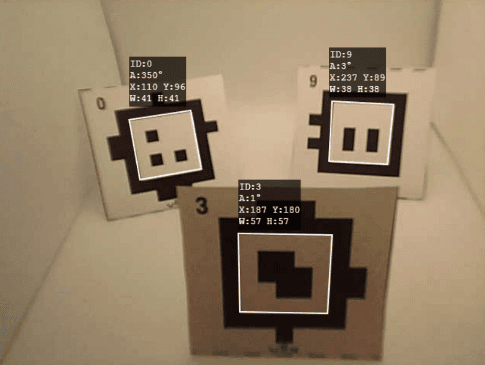
The AI Vision Sensor can also detect colors, enabling it to determine if the water, represented by colored Buckyballs, is contaminated or clean.
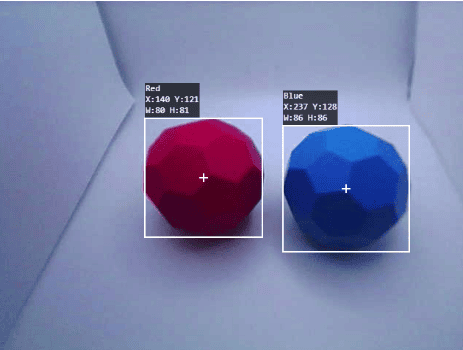
The AI Vision Sensor has the capability to classify objects, specifically identifying items like Buckyballs and Rings, based on the AI model that is loaded onto the sensor.
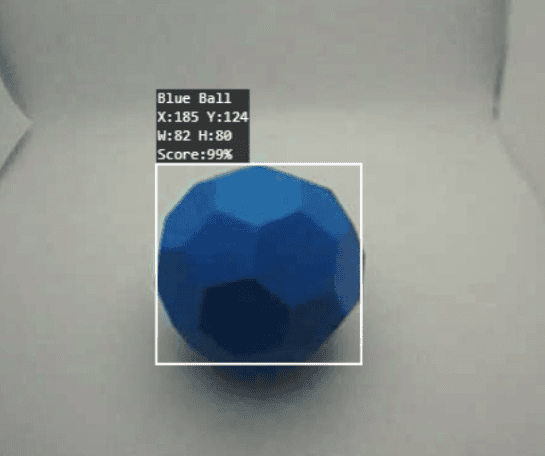
Getting Ready for the Clean Water Mission
To complete the challenges in this Unit, you will need an EXP Clawbot equipped with an AI Vision Sensor.
These build instructions can be used as an idea for how to get started adding the AI Vision Sensor to your robot. However, you can move the placement of the sensor at any time during the Unit as you work through the challenges.
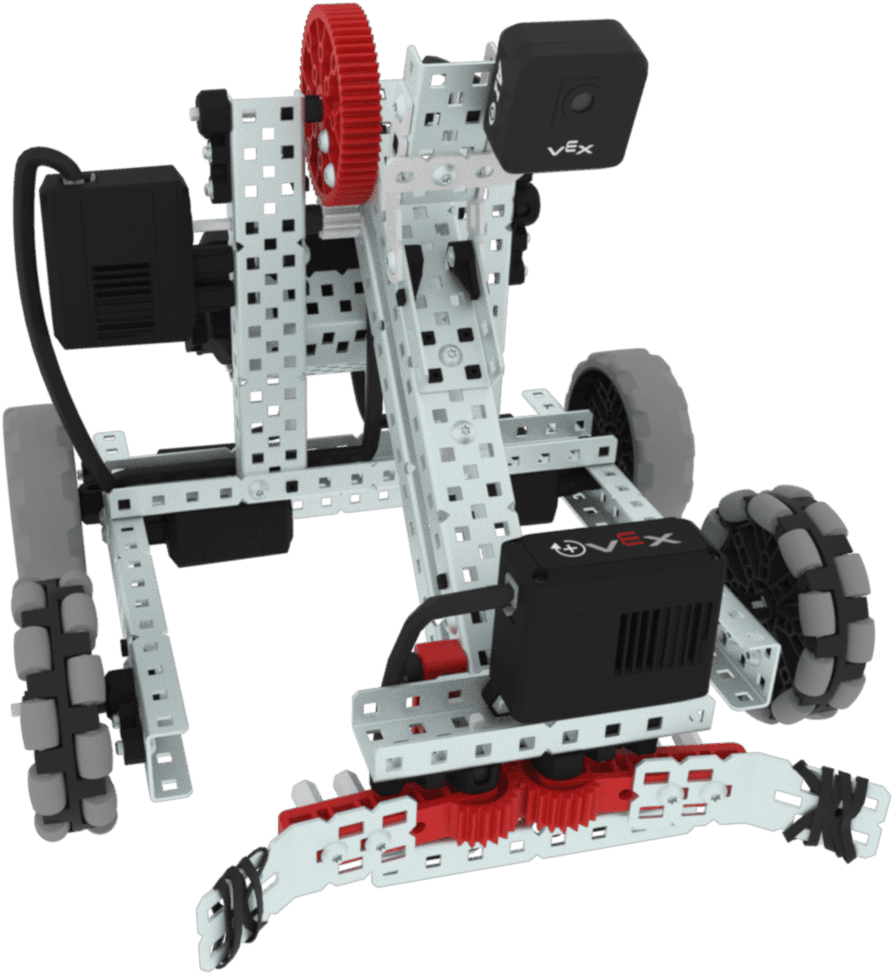
Select Next > to learn about the rubric for the Clean Water Mission.
